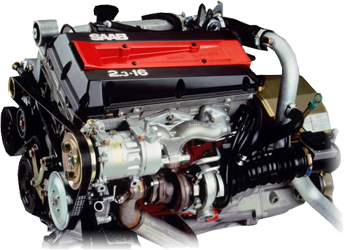B3877 Engine Code Repair
Meaning of B3877 engine trouble code is a kind of body trouble code and B3877 if your catalytic convertor fails completely, you eventually won't be able to keep the car running. Your gas mileage will also be terrible, so you should try and fix it as soon as you can. Unfortunately, the average replacement cost is around $2,140 and you can't do it yourself unless you're an experienced mechanic.
B3877 Fault Symptoms :
- Check engine light comes on
- Engine stalling or misfiring
- Engine performance issues
- Car not starting
If one of these reasons for B3877 code is occuring now you should check B3877 repair processes.
Now don't ask yourself; What should you do with B3877 code ?
The solution is here :
B3877 Possible Solution:

Air Conditioning Pressure Sensor (ACP) Insufficient Pressure Change Each time the A/C clutch engages, the PCM is looking for a pressure change in the refrigerant. If the change in pressure is outside of the calibration the DTC will set. A/C system mechanical failure Open ACP or VREF circuit A/C sensor damaged A/C system electrical failure A/C clutch always engaged Verify A/C system function, including refrigerant charge.
B3877 Code Meaning :
B
OBD-II Diagnostic Body (B) Trouble Code For Engine
3
Ignition System Or Misfire
8
Fuel Rail Pressure Sensor Circuit Malfunction
7
Cylinder 4 Contribution/Balance Fault
7
Ignition Coil A Primary/Secondary Circuit Malfunction
Is the fuel pump sometimes not priming when you turn the key to ON(II)? Start by measuring the fuel pressure and checking whether you have bright white-bluish spark at all four plugs. The mechanical timing is also something that you should check, as we mentioned above.
B3877 OBD-II Diagnostic Body (B) Trouble Code DescriptionB3877 engine trouble code is about Ignition Coil A Primary/Secondary Circuit Malfunction.Main reason For B3877 CodeThe reason of B3877 OBD-II Engine Trouble Code is Fuel Rail Pressure Sensor Circuit Malfunction. |
B3877 DTC reports a sensor fault, replacement of the sensor is unlikely to resolve the underlying problem. The fault is most likely to be caused by the systems that the sensor is monitoring, but might even be caused by the wiring to the sensor itself.
